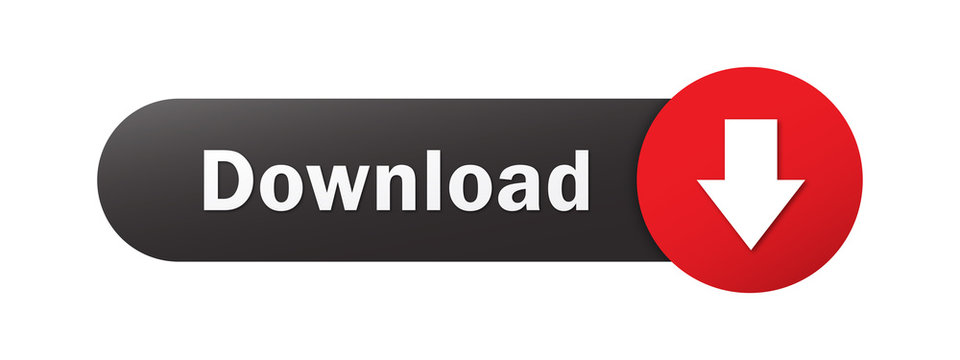
With Tuesday's release of version 1.7, Joomla has been redesigned to support jobs beyond its typical duties of Web content management (WCM). Administrators and developers can now use Joomla's underlying platform as the basis for other types of Web applications as well. The new version also heralds the beginning of a new development lifecycle for the open-source software, one that allows for quick updates as well as long-term support for enterprises. "The two major goals for 1.7 were to release it on time and [complete] the platform project," said Mark Dexter, a Joomla development coordinator.
Henceforth, new editions of Joomla will be released every six months, in January and July. Every third release will be designated a long-term release (LTS), which will be supported for 18 months with security updates and bug fixes. The next edition, Joomla 1.8, due in January, will be an LTS release. This current version, Joomla 1.7, will be supported for seven months.
The new schedule should enforce some discipline on the development cycle, Dexter said. Previously, major new versions of the software were only issued when all the features planned to be included were fully developed. As a result, it took three years to release Joomla 1.6, which debuted last December.
"We've got two different user preferences: A lot of users want to have access to the latest stuff as soon as it's ready. On the other hand, we have a lot of very large sites running Joomla, and that community expressed concern that they didn't want to go through an update cycle every six months," Dexter said.
With this new cycle, "If someone wants long-term releases, they will only have to upgrade every 18 months. If someone wants the latest and greatest, they can stay up with the six-month releases," Dexter said.
First developed in 2005, Joomla is one of the world's most widely used open-source content management systems, one suited for quickly developing websites. Citibank, eBay, General Electric, Ikea, McDonald's and Sony have all used the platform for their websites. Since 2007, the software has been downloaded more than 24 million times. Volunteer developers have contributed more than 8,000 extensions, or bits of software that extend Joomla's capabilities, to the project.
On the architecture side, this new version of Joomla separates its core functionality into a set of libraries that can be used for other types of Web applications. A set of PHP libraries that are the core of Joomla form the basis of what is now called the Joomla Platform.
"There is a lot of good functionality there that is not specific to a content management system. So we decided to make [that functionality] a platform so it would be easier for people to use to write some other kind of application for the Web," Dexter said, noting that some application developers have already used earlier versions of Joomla in this way, by removing the functionality they didn't need and building their application from what remained.
"If I want to write an inventory control program, I could save myself a lot of work starting with the Joomla platform," Dexter said.
The platform offers capabilities such as MySQL database connectivity (with support for other databases coming), input filtering, authenticating users, package upgrading, event logging, file system management, access control lists and dozens of others.
These capabilities could be used to build any number of Web applications, such as an e-commerce transaction system or a front-end Web interface to some aspect of a back-end scheduling system. "There are all kinds of things you can do," Dexter said.
Joomla is not the first open-source WCM system to separate out its core functionality for re-use in other endeavors. Developers behind the Joomla competitor Drupal also re-architectured their software to fit this model.
"On the plus side, you have the freedom to develop custom applications off the Joomla Platform, leveraging core services like security, database handling, logging, without having to use or getting tied down by the restriction of CMS layer," explained Sanjeev Gupta, an analyst with the Real Story Group, in a blog post on the release. "On the down side, it means two different (albeit related) environments for the all-important Joomla add-ons ... to address. This could complicate compatibility going forward."
The new release also comes with the usual round of bug fixes and a wide range of other new features. This is the first version of the software to feature one-click version updating, where administrators can upgrade their versions of Joomla by clicking a single button. Previous versions required replacing multiple files.
The nonprofit firm Open Source Matters manages the mostly volunteer-led development of the software.
NOTE: I you would like to PROMOTE link in this article, please let me know.
If you liked this article, please like DM Spot FB page, Twitter or LinkedIn and be notified when a new article is published.






